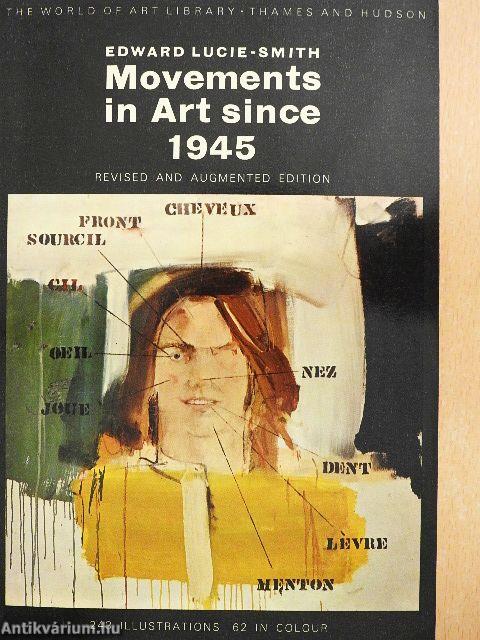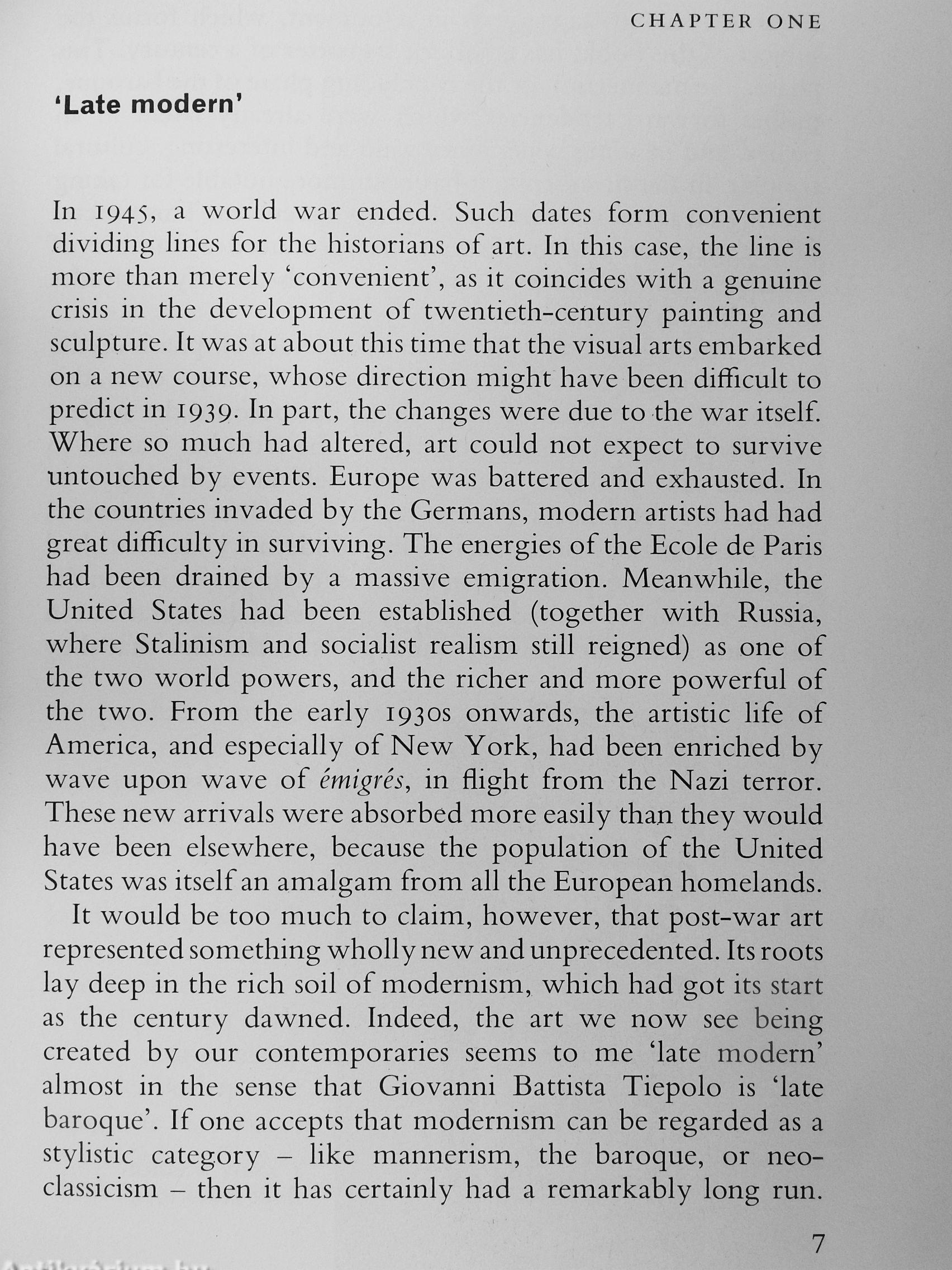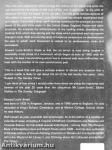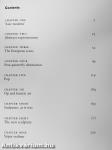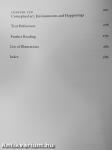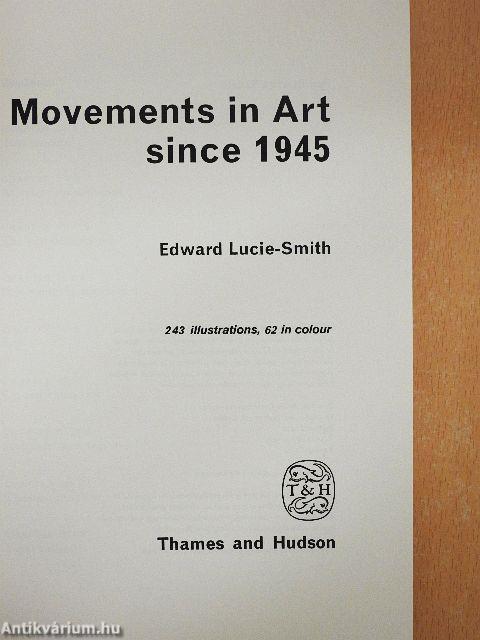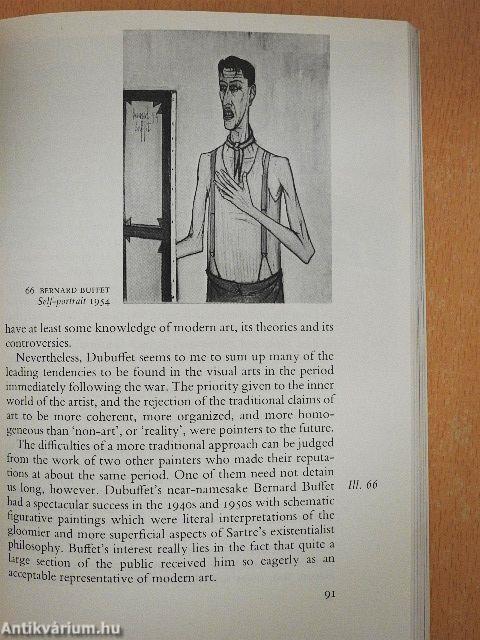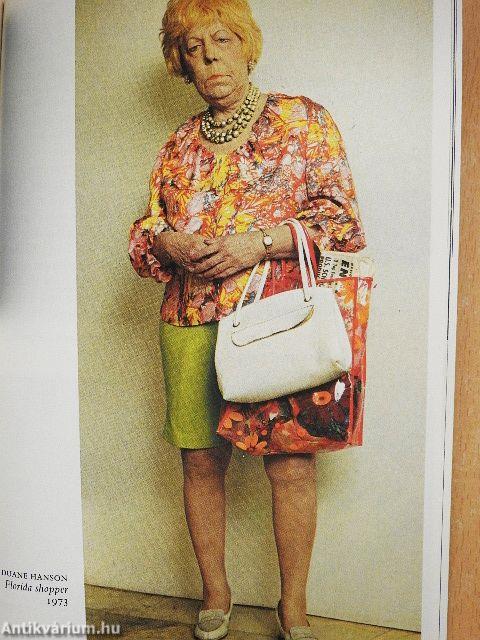1.104.653
kiadvánnyal nyújtjuk Magyarország legnagyobb antikvár könyv-kínálatát

VISSZA
A TETEJÉRE
JAVASLATOKÉszre-
vételek
Movements in Art since 1945
| Kiadó: | Thames and Hudson |
|---|---|
| Kiadás helye: | London |
| Kiadás éve: | |
| Kötés típusa: | Ragasztott papírkötés |
| Oldalszám: | 288 oldal |
| Sorozatcím: | The World of Art Library |
| Kötetszám: | |
| Nyelv: | Angol |
| Méret: | 21 cm x 15 cm |
| ISBN: | 0-500-20095-5 |
| Megjegyzés: | 243 fekete-fehér és 62 színes reprodukcióval, fotóval. További kapcsolódó személyek a kötetben. |
naponta értesítjük a beérkező friss
kiadványokról
naponta értesítjük a beérkező friss
kiadványokról
Előszó
TovábbFülszöveg
This ne»- á d augrr rned edirion br the history of ual arts since the
war forwa to evr T of « ? -rid f 970s, and in particular, to the shift of a - r " i Ider^Mhe first good concis» account of
t.-is "" c li ^ wa d bi o v Lh's bool< has already established itself
as a classic. It pT-"''es a clear, swift-moving narrative of the principal art movements of the past thirty years: in the United States, England, France and other countries. He analyses the achievements of the leading artists, describing the tradition from which they sprang and the ideas which prompted each isuccessive change in style. With an unerring sense of historical perspective, he demonstrates the way in which each movement is related to its predecessors, rivals and successors. ' - ^
Edward Lucie-Smith's thesis is that the art which is. now being created is essentially a late phase of a movement which began as early as 1905, with the Fauves. He sees it as something whichVias to contend with many difficulties,... Tovább
Fülszöveg
This ne»- á d augrr rned edirion br the history of ual arts since the
war forwa to evr T of « ? -rid f 970s, and in particular, to the shift of a - r " i Ider^Mhe first good concis» account of
t.-is "" c li ^ wa d bi o v Lh's bool< has already established itself
as a classic. It pT-"''es a clear, swift-moving narrative of the principal art movements of the past thirty years: in the United States, England, France and other countries. He analyses the achievements of the leading artists, describing the tradition from which they sprang and the ideas which prompted each isuccessive change in style. With an unerring sense of historical perspective, he demonstrates the way in which each movement is related to its predecessors, rivals and successors. ' - ^
Edward Lucie-Smith's thesis is that the art which is. now being created is essentially a late phase of a movement which began as early as 1905, with the Fauves. He sees it as something whichVias to contend with many difficulties, not least with the burden of its own revolutionary past.
This is a book that will give a concise answer to almost any question that a general reader is likely to a$k about the art of the last twenty-five years', John Russell in The Sunday Times.! / i
'I can think of few critics I would rather have direct me along the highways and byways of the past 25 years than the ubiquitous Mr Lucie-Smith', Edwin M\Mns \n The Sunday Telegraph. < ,
Edward Lucie-SmitK . .
was born in 1933 in Kingston, Jamaica, and in 1946 came to England. He was educated at King's School, Canterbury, and at Merton College, Oxford, where he read History. ;
?I* ¦ ,
Well known as poet, journalist and broadcaster, he is the author of a number of volumes of verse, including A Tropical Childhood, Confessions and Histories and Towards Silence. He has edited several anthologies - among them The Penguin Book of Elizabethan Verse and British Poetry since 1945-an6 has also pubHshed A Concise History of French Painting, Eroticism jn Western Art and Symbolist Art (all in the 'World of Art Library'), ar\6 Thinking about Art (collected articles from' The Times). Vissza
Témakörök
- Idegennyelv > Idegennyelvű könyvek > Angol > Művészetek > Művészettörténet, általános
- Művészetek > Művészettörténet általános > Idegen nyelv > Angol
- Művészetek > Művészettörténet általános > Művészettörténet > Külföldi
- Művészetek > Művészettörténet általános > Korszakok, stílusok > XX. század > Egyéb
Edward Lucie-Smith
Edward Lucie-Smith műveinek az Antikvarium.hu-n kapható vagy előjegyezhető listáját itt tekintheti meg: Edward Lucie-Smith könyvek, művekMegvásárolható példányok
Nincs megvásárolható példány
A könyv összes megrendelhető példánya elfogyott. Ha kívánja, előjegyezheti a könyvet, és amint a könyv egy újabb példánya elérhető lesz, értesítjük.



